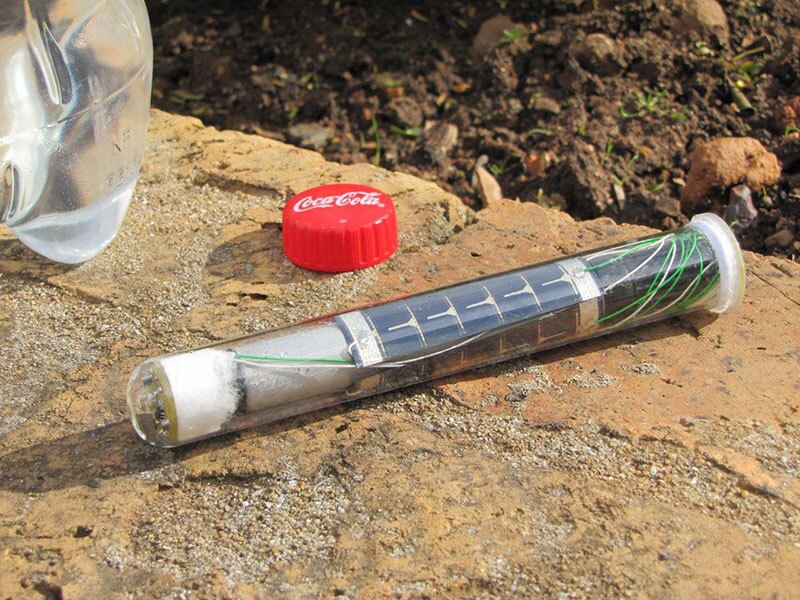South African designer and social entrepreneur Michael Suttner recently unveiled the Lightie: a portable solar-powered light that fits into a standard soda bottle. The low cost and durable device is designed to provide sustainable, safe, and affordable lighting to people in developing nations – and anyone else with a low income.
As highlighted by the pop bottle lighting project, a lack of suitable lighting can be a serious issue where there's no grid-based electricity. In areas of Africa, for example, people often use kerosene lamps, which are expensive to run, produce harmful fumes, and can lead to accidental fires.
Deriving its name from a South African slang word that roughly translates as "youngster," the Lightie is shaped so as to fit snugly into the neck of a standard soda bottle, screwing securely onto the top like a lid. It can also be used without a bottle, and clipped to a belt, worn around the neck, or hung up as a lantern.

The main components of the Lightie include an efficient CIGS photovoltaic panel, an LED light, and integrated rechargeable batteries. Following around five to eight hours of exposure to sunlight, the 120-lumen device produces illumination for up to eight hours on its brightest setting, or up to 40 hours on the lower setting. It is very easy to use, and activates automatically when it detects that the sun has set.
Though a solar powered lamp is nothing new in itself, the Lightie's designer hopes to position his creation as the iPod of sustainable lighting. In order to bring this about, Suttner is in preliminary talks with Coca Cola, a company certainly well positioned to run the kind of high-level campaign necessary to put the Lightie into the hands of those who need it most.
The current expected cost per device is around US$13, which Suttner told Gizmag is roughly the amount an African family can spend on a month and a half's supply of kerosene for lighting purposes.
Source: The Lightie






















